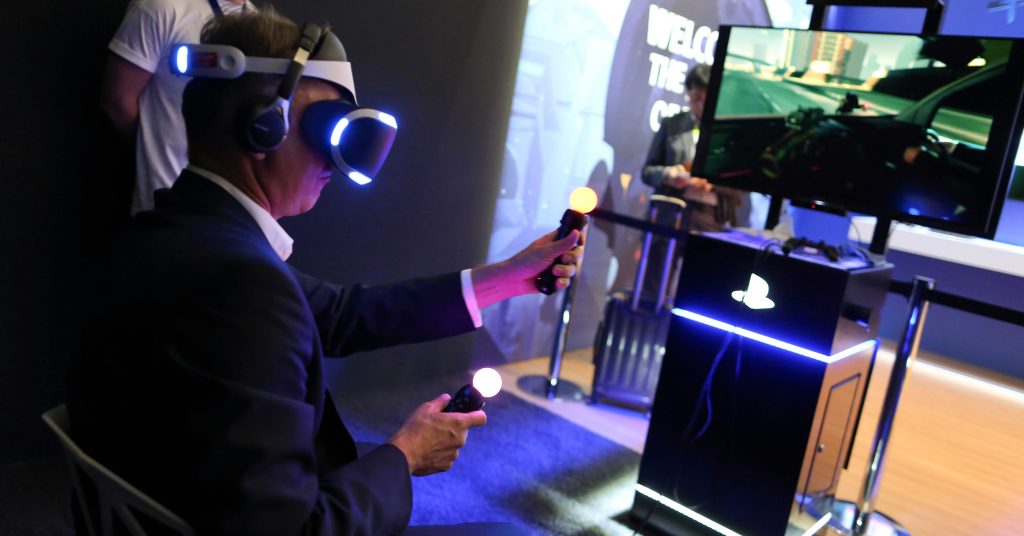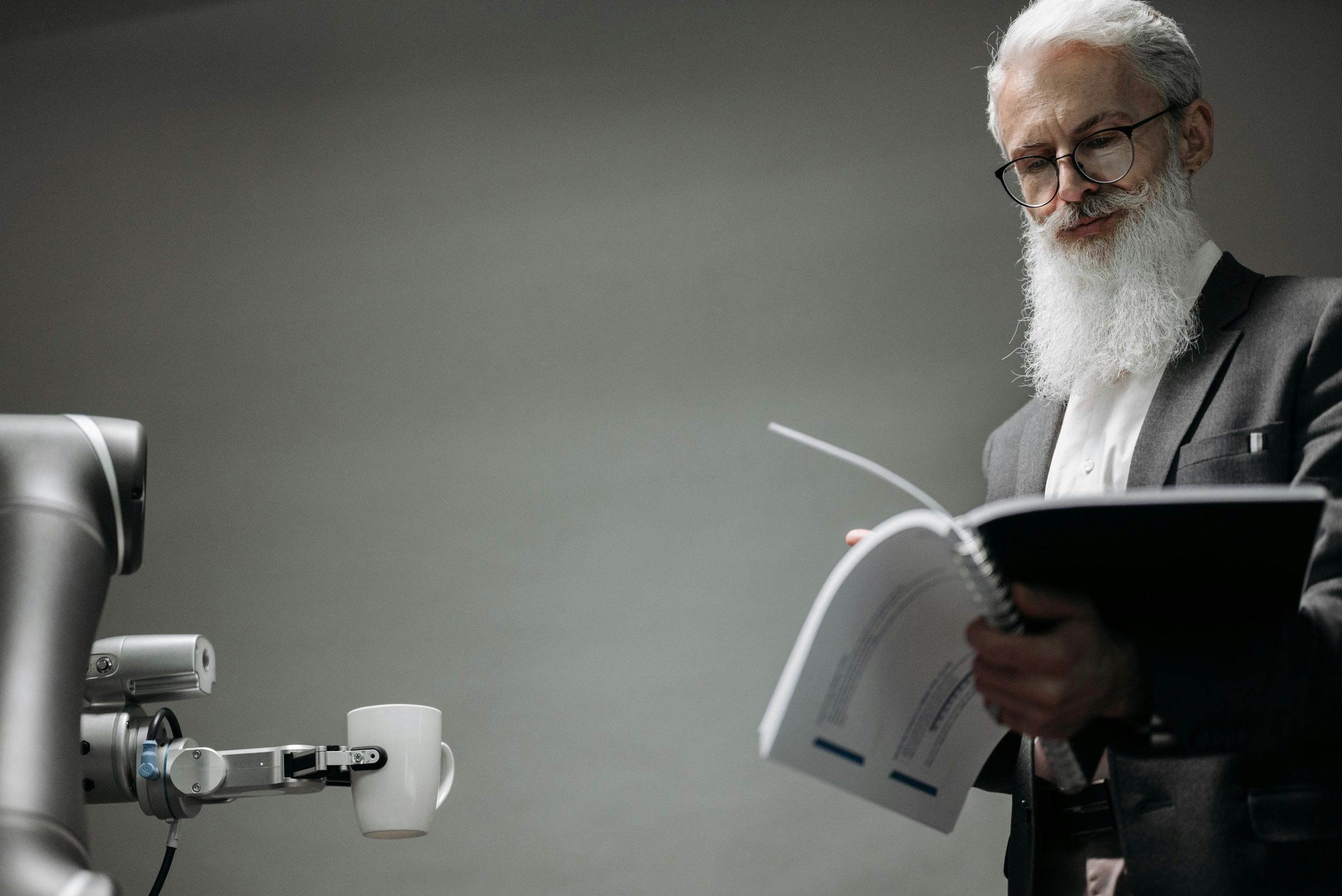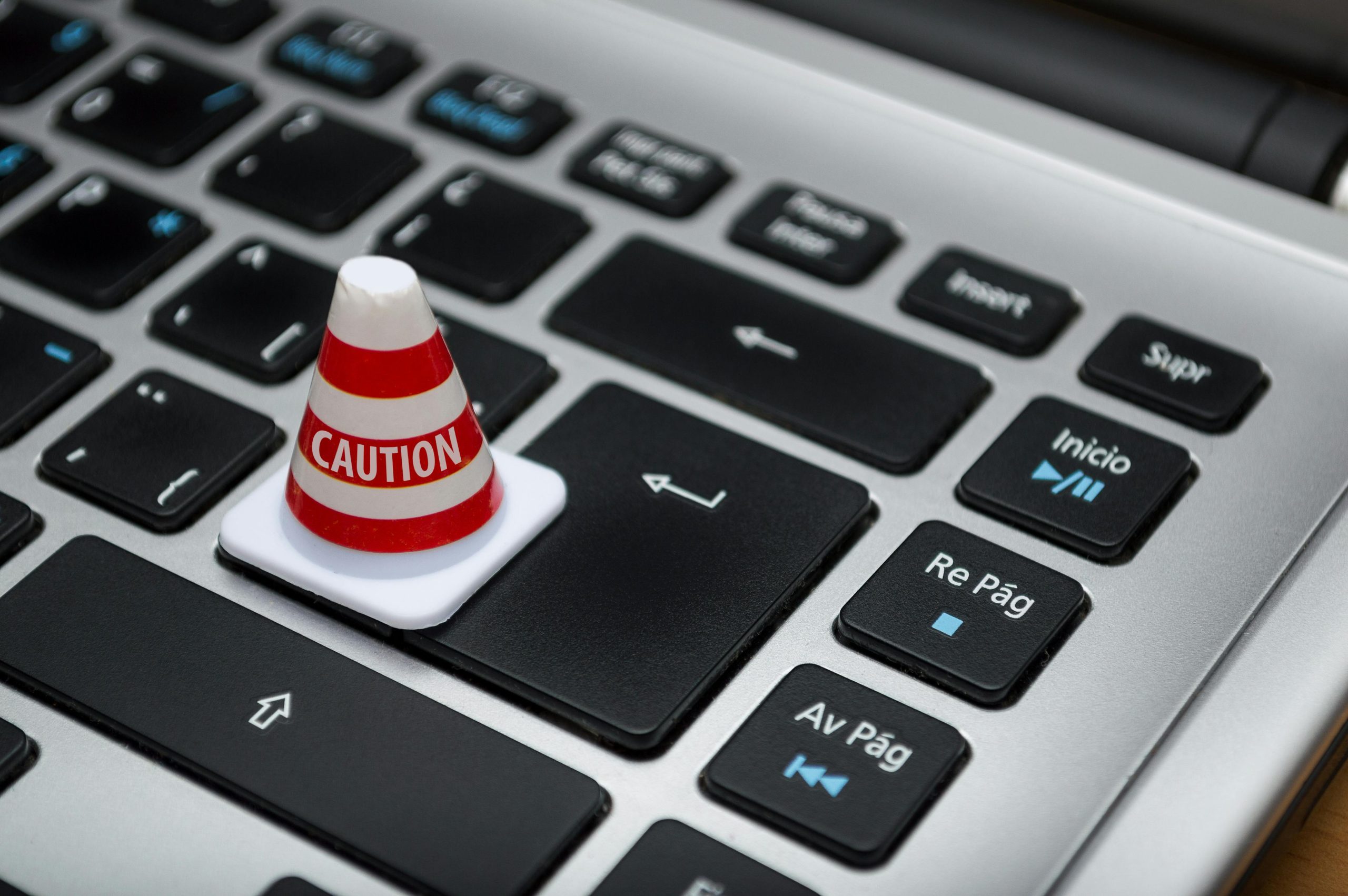
Virtual reality (VR) is a rapidly growing technology that has the potential to revolutionize education. Virtual Reality (VR) technology has become a striking force in various industries, and education is no exception. In recent years, educators and technologists have explored the integration of VR into learning environments to enhance engagement, understanding, and overall educational experiences.
What is Virtual Reality (VR) ?
Virtual reality (VR) is a simulated environment that can be created using computer technology. It allows users to interact with a 3D world that feels like they are there, providing a more immersive experience than traditional 2D displays. VR has the potential to revolutionize education by providing students with a more engaging and interactive learning experience. For example, VR can be used to create simulations of real-world scenarios that students can interact with, such as a medical procedure or a historical battle. This can help students learn more effectively by allowing them to see and experience things that they would not otherwise be able to.
Virtual Reality in Education

Virtual reality can allow students to experience different environments and situations realistically. This can help them to learn new concepts and skills more effectively.Virtual reality can allow students to practice skills in a safe environment without the risk of injury or harm. This can be helpful for students who are learning new skills or who are afraid to try new things. To engage students and make learning more fun. Virtual reality can be a fun and engaging way for students to learn. This can help to keep students motivated and engaged in the learning process. Virtual reality can be used to personalize learning by providing students with customized experiences that are tailored to their individual needs and interests. This can help to ensure that all students have the opportunity to learn in a way that is most effective for them.
Importance of VR in education
VR can be used to create immersive learning environments that can help students to better understand complex concepts. For example, VR can be used to create a virtual planetarium that allows students to explore the solar system. This can help students to visualize how the planets move around the sun and to better understand the concept of gravity. In addition to the benefits of VR for learning, there are also some potential drawbacks. For example, VR can be expensive to create and implement, and it may not be accessible to all students. Additionally, VR can be isolating, as it can prevent students from interacting with each other in the real world. VR has been used in education for some years, but it is becoming more popular as the technology improves. In addition to education, VR is also being used in several other sectors, such as healthcare, manufacturing, and the military.
Pros and Cons of the technology

There are many potential benefits as well as some potential drawbacks to using VR in education which includes ,
Props of VR
- Engagement: VR can be a very engaging learning tool, as it allows students to experience different environments and scenarios realistically. This can help keep students interested and motivated, making it easier for them to learn new material.
- Immersion: VR can provide students with a sense of immersion that can be difficult to replicate in traditional classrooms. This can help students to feel more connected to the material they are learning and can make it easier for them to understand complex concepts.
- Active learning: VR can encourage active learning, as it requires students to interact with the virtual environment to learn. This can help students to develop their critical thinking and problem-solving skills.
- Collaboration: VR can also be used to facilitate collaboration between students. This can help students to learn from each other and to develop their teamwork skills.
Cons of VR
- Cost: VR headsets can be expensive, which can make it difficult for schools to afford to adopt VR technology.
- Accessibility: VR headsets can be bulky and uncomfortable to wear, which can make them difficult to use for extended periods. This can be a problem for students with disabilities or who have difficulty wearing glasses or headsets.
- Motion sickness: Some people experience motion sickness when they use VR headsets. This can make it difficult for them to use VR for extended periods.
Epilogue of VR

VR is a promising educational technology with the potential to revolutionize learning. However, there are also some potential drawbacks to using VR in education. Educators need to weigh the pros and cons of VR before deciding whether or not to use it in their classrooms. However, careful consideration of the associated challenges is crucial to ensuring that the benefits of VR are maximized while mitigating potential drawbacks. As technology continues to advance, educators, policymakers, and technologists must work collaboratively to create a balanced and inclusive educational landscape that leverages the power of virtual reality.

















